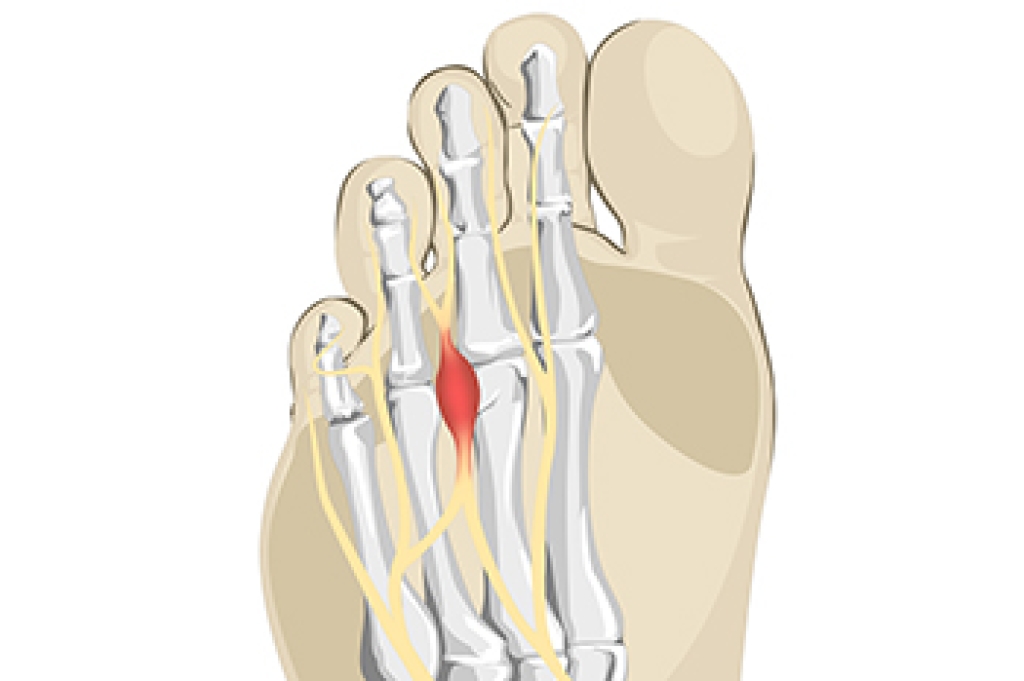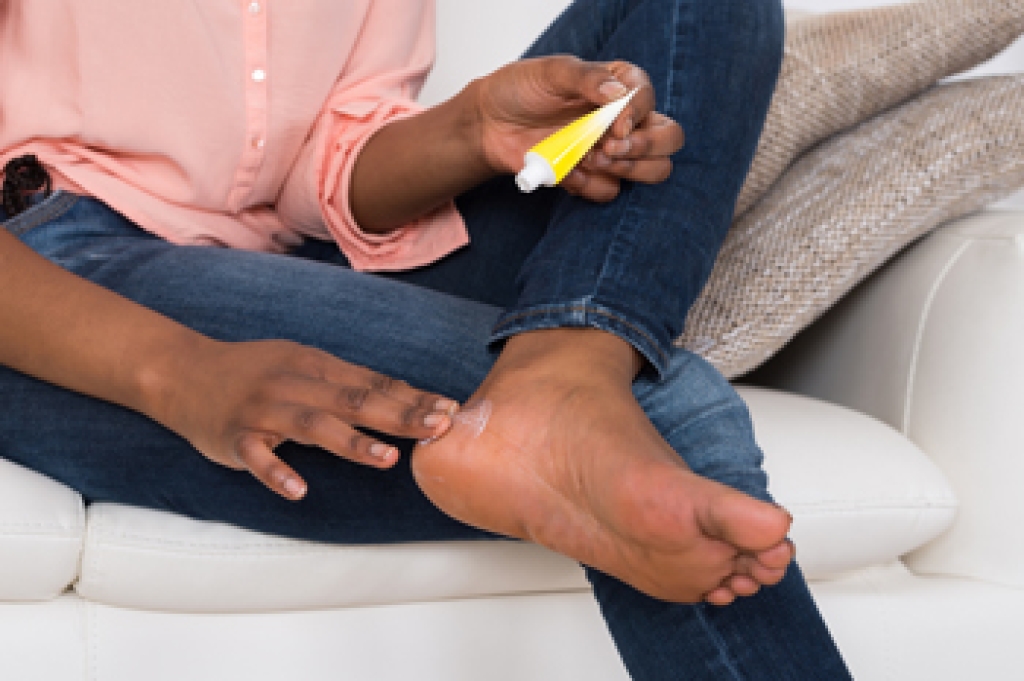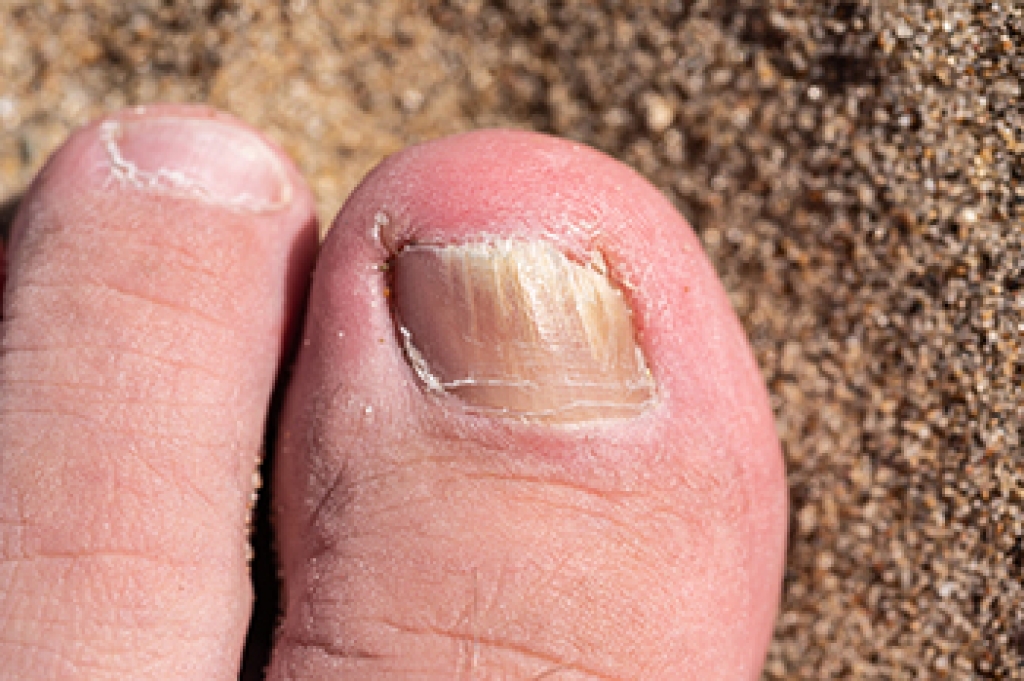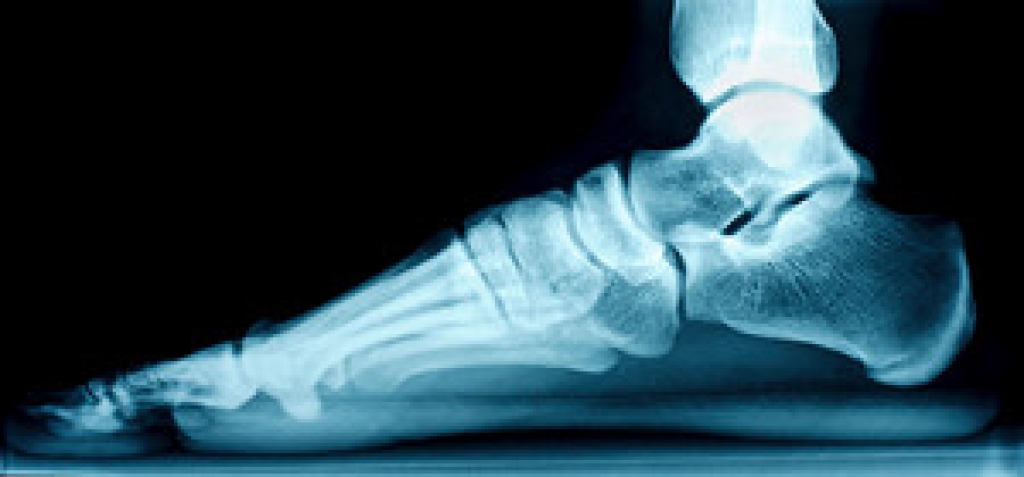
Morton’s neuroma is a potentially uncomfortable and painful condition that primarily affects the nerves in one’s feet. This condition occurs when the nerve between the third and fourth toe becomes damaged. Although it is significantly less common, Morton’s neuroma can also affect the nerve between the second and third toe. The precise cause of Morton’s neuroma is still not fully known. However, footwear that is too tight and forces your toes into abnormal positions is generally thought to increase your risk of developing Morton’s neuroma. If you have Morton’s neuroma, you might find it more difficult to walk. Additionally, activities that require putting pressure on the feet can cause sharp or shooting pains. For example, someone with Morton’s neuroma may find it especially difficult to use the affected foot to press down the gas pedal when driving. Lastly, wearing high heels might prove to be especially uncomfortable or painful for someone with Morton’s neuroma. If you believe that you have this condition, please contact a podiatrist to treat the problem.
Morton’s neuroma is a very uncomfortable condition to live with. If you think you have Morton’s neuroma, contact one of our podiatrists of APEX Foot & Ankle Center. Our doctors will attend to all of your foot care needs and answer any of your related questions.
Morton’s Neuroma
Morton's neuroma is a painful foot condition that commonly affects the areas between the second and third or third and fourth toe, although other areas of the foot are also susceptible. Morton’s neuroma is caused by an inflamed nerve in the foot that is being squeezed and aggravated by surrounding bones.
What Increases the Chances of Having Morton’s Neuroma?
- Ill-fitting high heels or shoes that add pressure to the toe or foot
- Jogging, running or any sport that involves constant impact to the foot
- Flat feet, bunions, and any other foot deformities
Morton’s neuroma is a very treatable condition. Orthotics and shoe inserts can often be used to alleviate the pain on the forefront of the feet. In more severe cases, corticosteroids can also be prescribed. In order to figure out the best treatment for your neuroma, it’s recommended to seek the care of a podiatrist who can diagnose your condition and provide different treatment options.
If you have any questions, please feel free to contact our offices located in Fort Myers, Shellpoint, and Naples, FL . We offer the newest diagnostic and treatment technologies for all your foot care needs.




